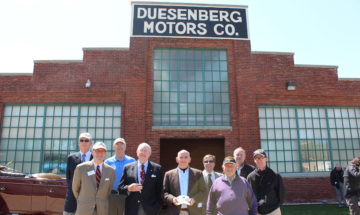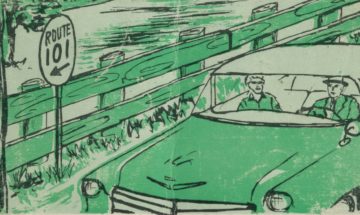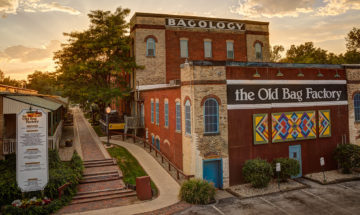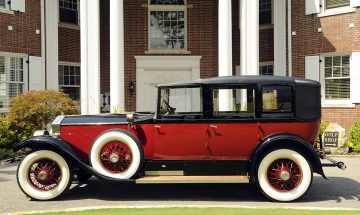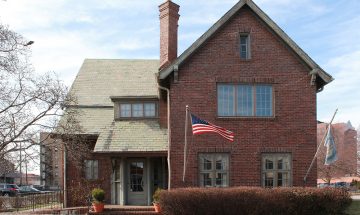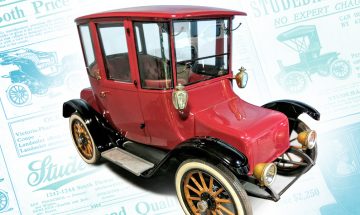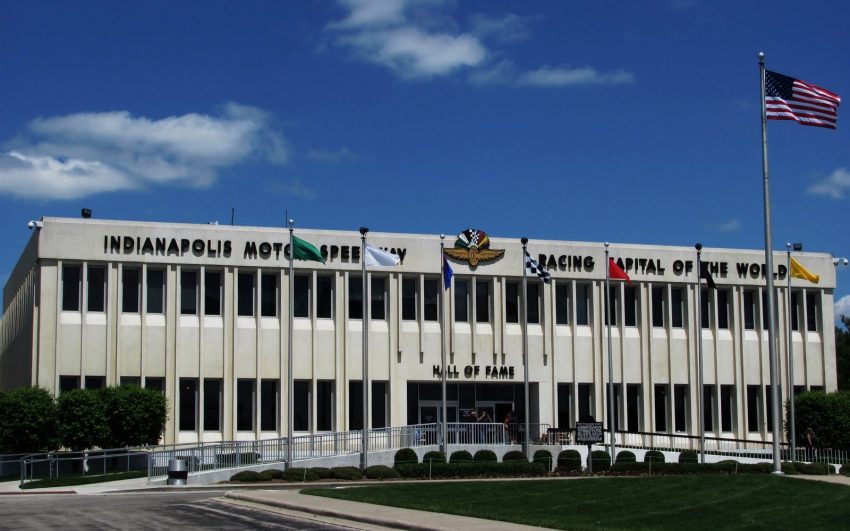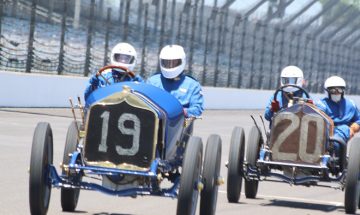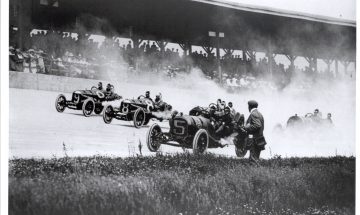Indiana Landmarks News
Indiana Automotive Landmarks
Indianapolis was a leading commercial producer of automobiles and taxicabs from 1897 to 1937. Take a closer look with a driving tour of the Circle City’s automotive landmarks.
KEEP READINGVictor Hugo Green, Harlem postal worker turned travel agent, published the Negro Motorist Green Book from 1936-1967. The guide recommended businesses and attractions around the country, including sites in Indiana, that would be friendly to African American travelers.
KEEP READINGWhen production ends, it doesn’t have to mean the end of the line for a historic factory. Around the state, developers have turned factories into places where people live, eat, shop, and play.
KEEP READINGAfter years of restoration, the 1929 Rolls-Royce Phantom originally owned by Thomas D. Taggart is back on display at southern Indiana’s French Lick Resort.
KEEP READINGKnown to most as the University Club of Indianapolis, the 1921 home on North Delaware was built by the Marmon family of automotive-industry fame.
KEEP READINGWith the current surge in popularity of the electric car, it’s hard to believe that a century ago this same idea was playing a major role in early automotive history.
KEEP READINGIndiana automobile exhibits and other changes lie around the corner for the Indianapolis Motor Speedway Museum.
KEEP READINGWhen the opportunity to write a story for the Indiana Automotive newsletter came about, I jumped at the chance to tell the story about National Motor & Vehicle Co. in Indianapolis.
KEEP READINGThe Indianapolis 500 puts the world spotlight on the Hoosier state every May. In honor of the 100th running of the famous race in 2016, we examine the origin of the National Historic Landmark track and less well-known places related to early racing history.
KEEP READING
